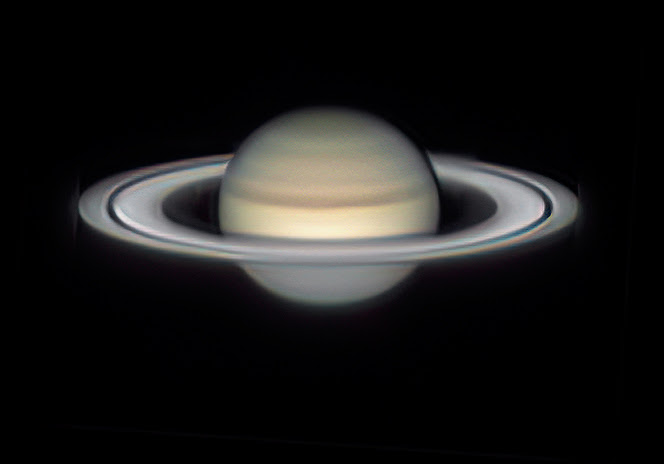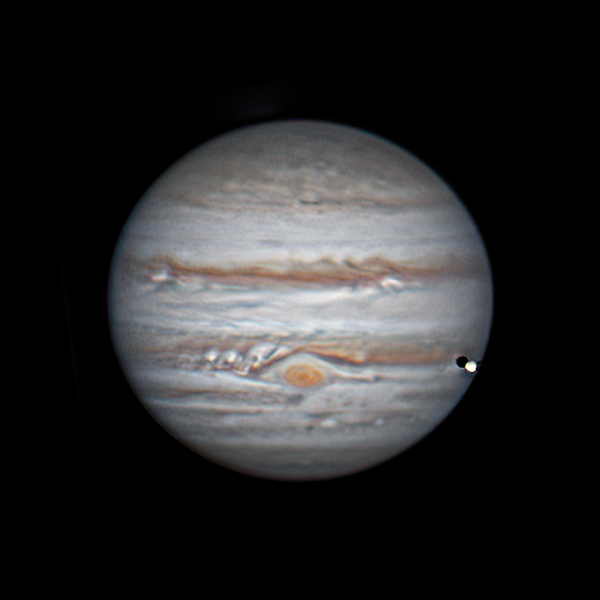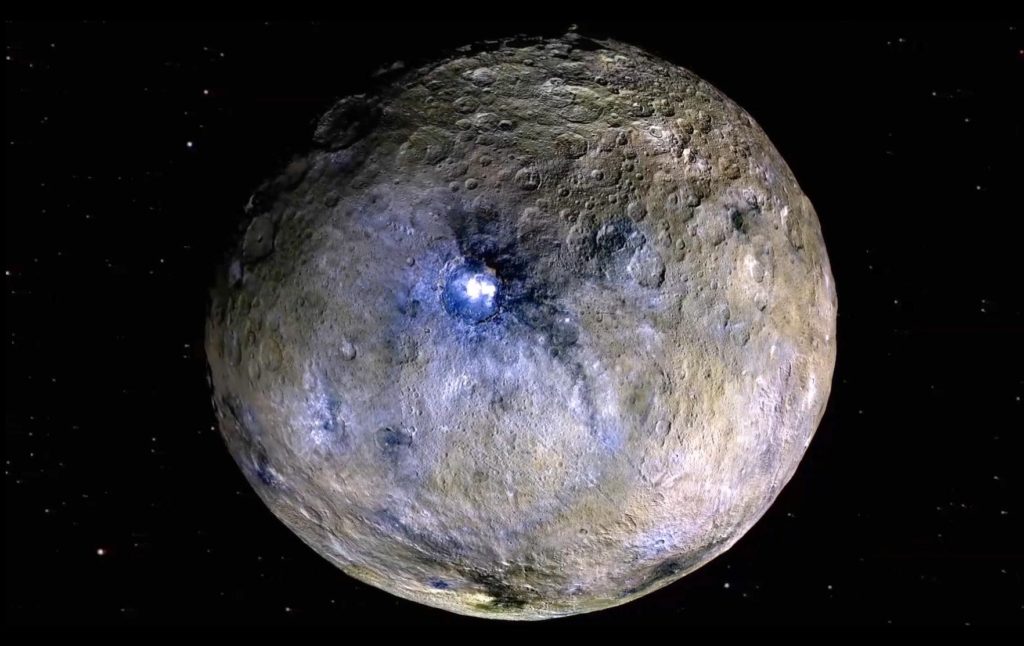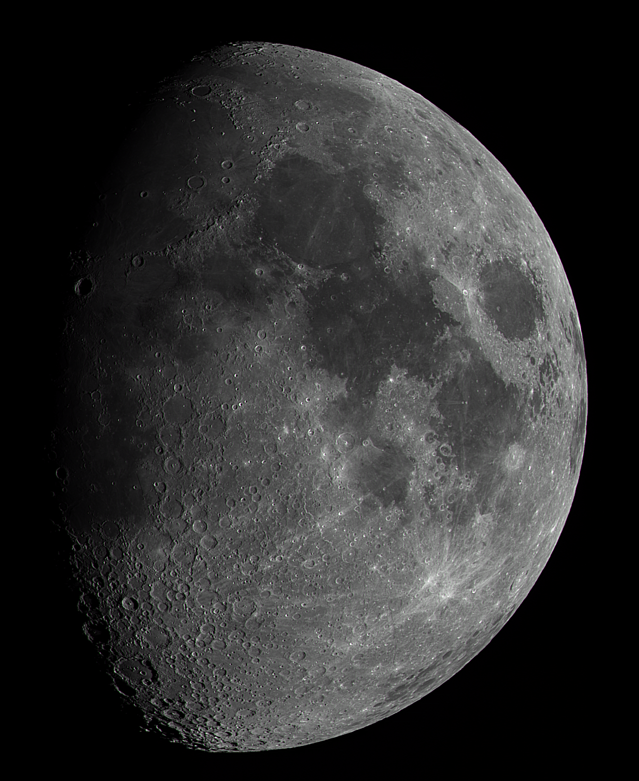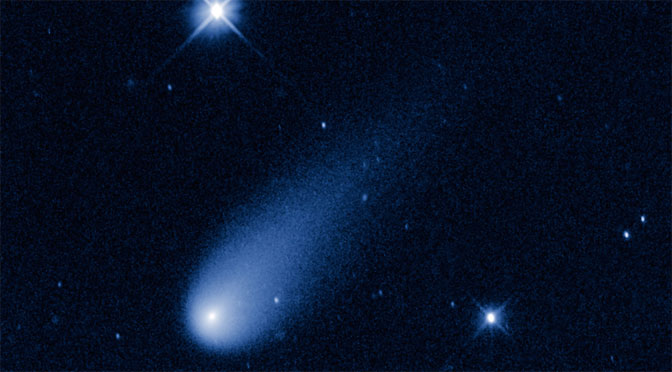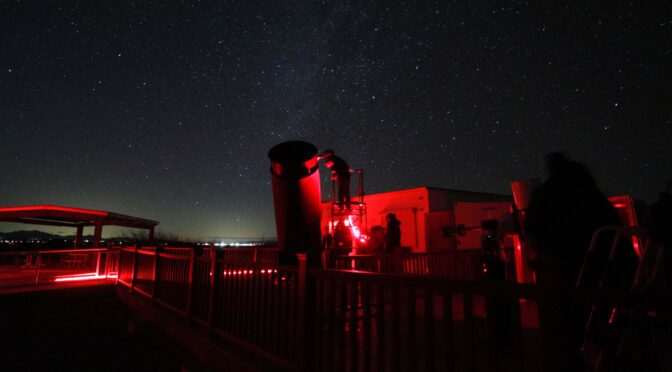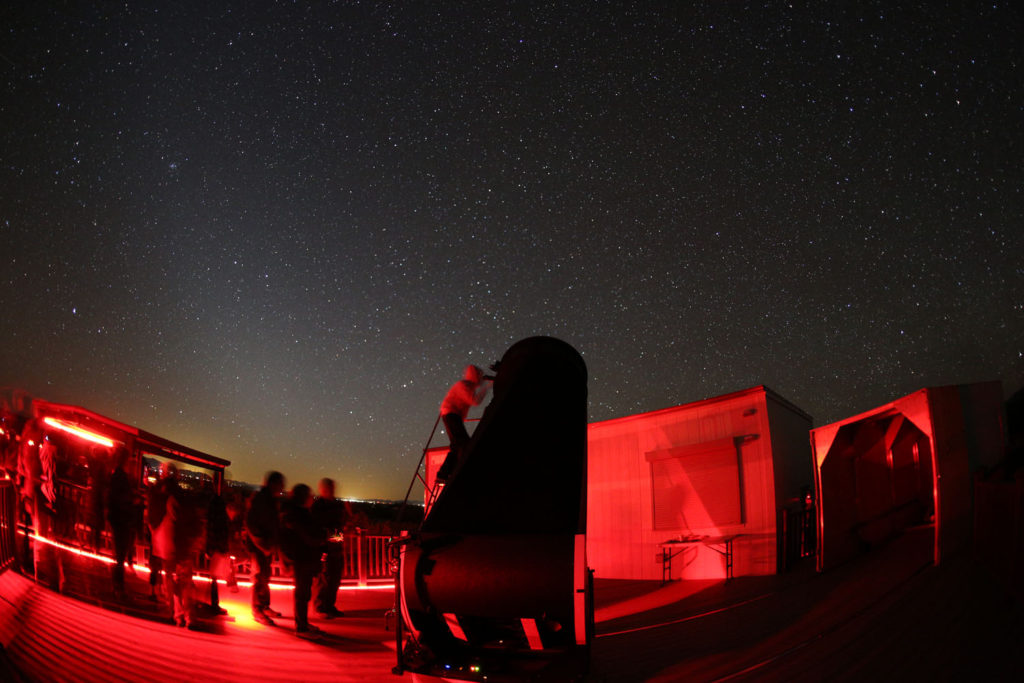January 17 @ 6:30 pm – 9:00 pm
TAAA invites you to an evening of star gazing at Saguaro National Park – West
Located on the far West side of town on the other side of the Tucson mountains, this location has very dark skies from horizon to horizon. The park has been designated an Urban Night Sky Park in 2023.
The TAAA will have several Telescopes set up to view Stars, Nebula’s, Galaxies, Planets and more starting at 6:30pm! Telescopes will be arranged around the entrance walkway.
Introductory talks will be given starting at 5pm by the National Park Service (NPS), DarkSky International, and NOIRLab (Kitt Peak), prior to telescope viewing. Park staff will guide visitors on short walks through the Javelina Wash to discuss the night sky, and they are also hoping to include Indigenous storytelling
The stargazing event is free and open to the public, but NPS admission fees apply.
WEATHER DEPENDENT. Follow the event on our Facebook page for any weather updates or changes:
(4) Tucson Amateur Astronomy Association | Facebook
Bernie Stinger
612-396-8839
astronomy-events@tucsonastronomy.org
Content Toggle Block for Gutenberg makes it super easy to create toggle-able content. This toggle block comes with well-thought customization options.
Content Toggle Block for Gutenberg makes it super easy to create toggle-able content. This toggle block comes with well-thought customization options.







